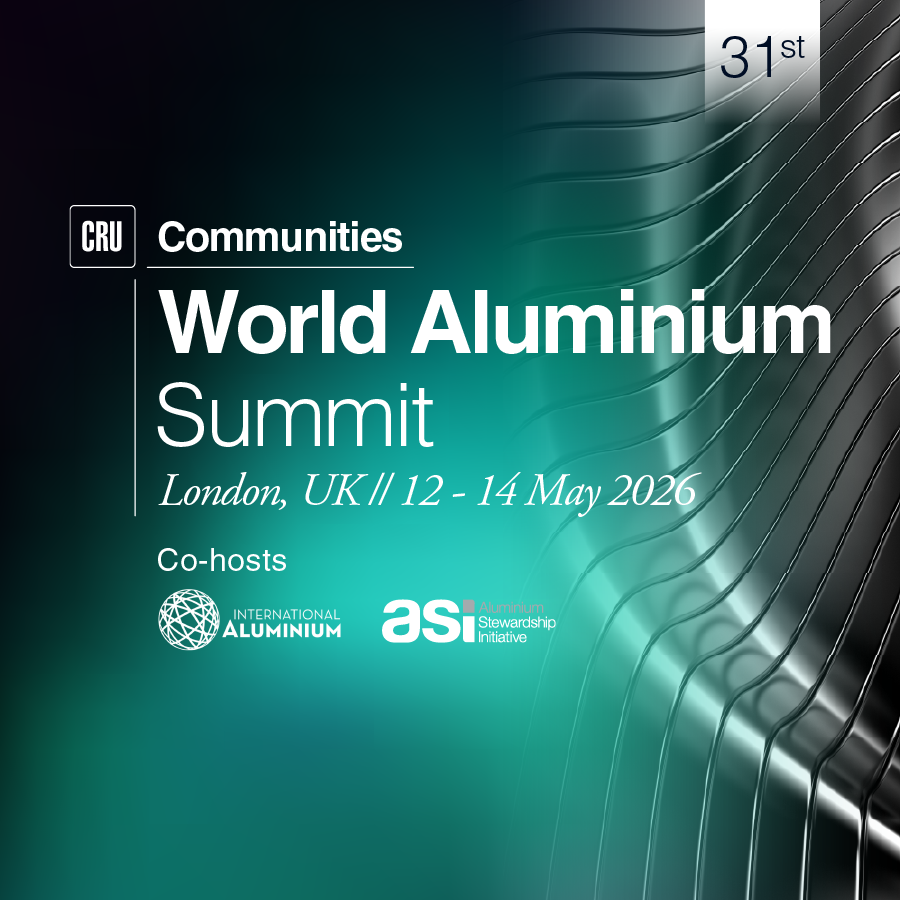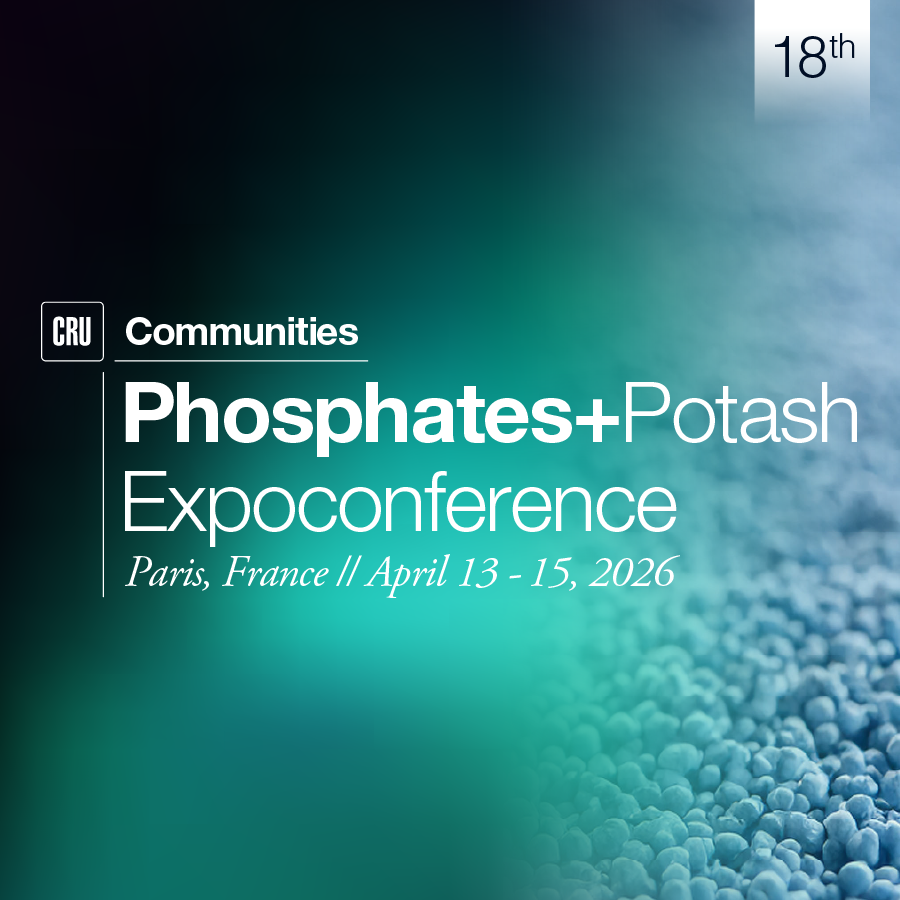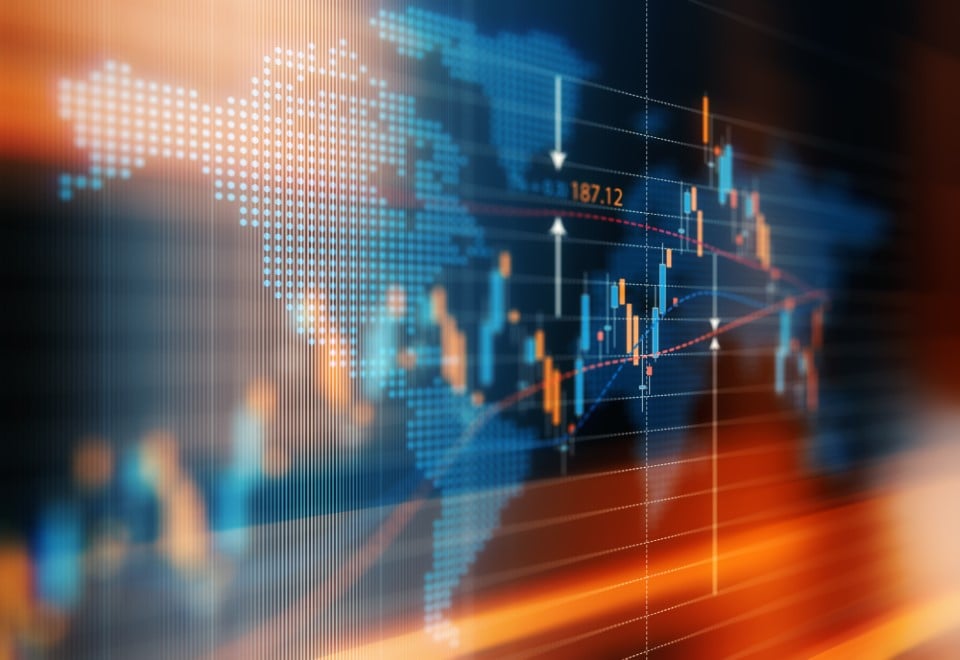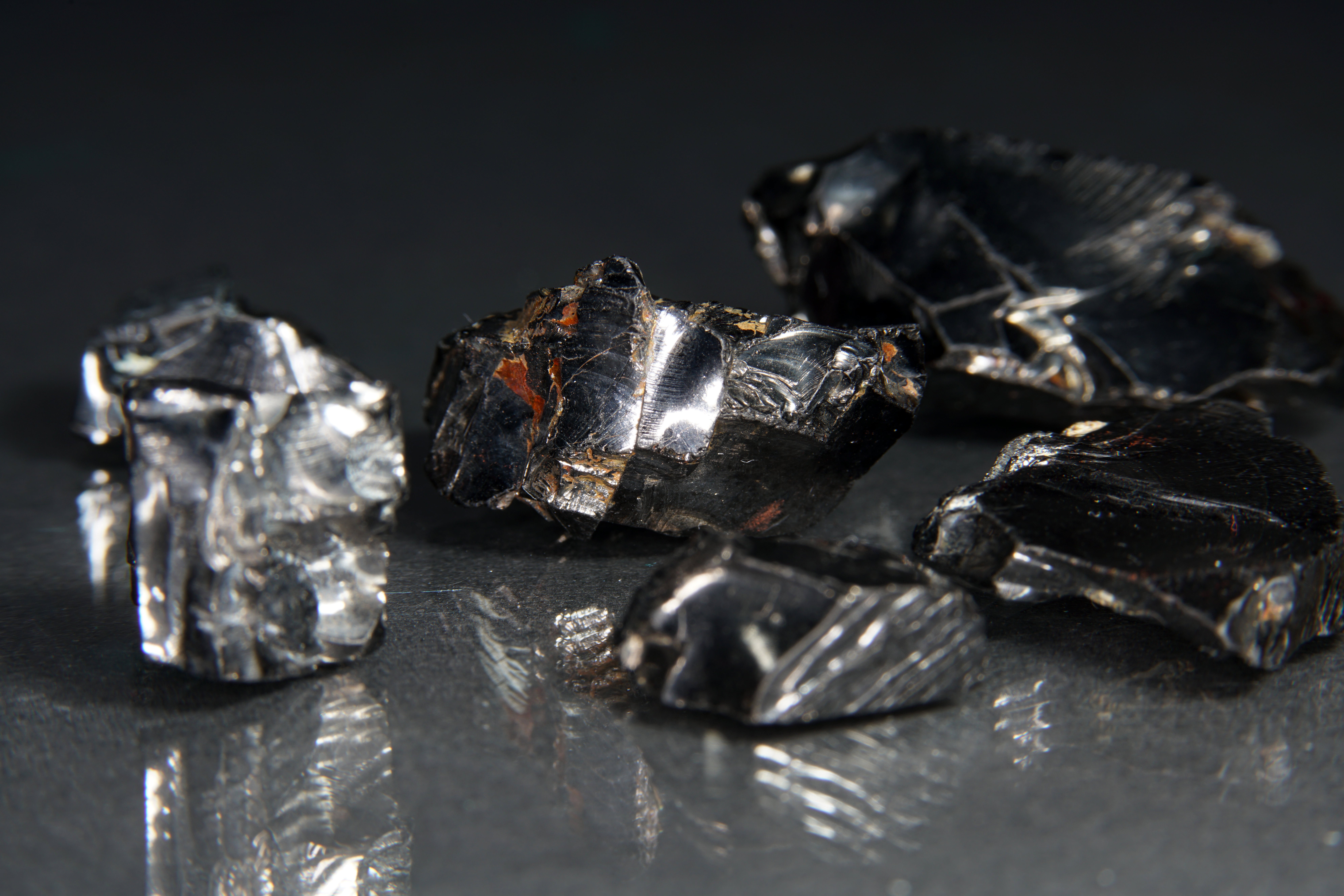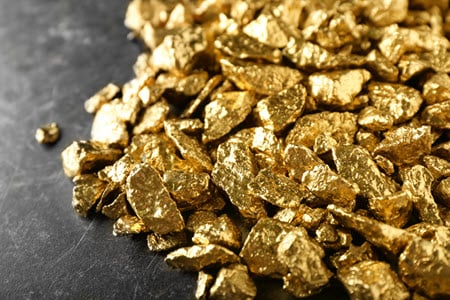When will lithium prices recover? This is the question on everyone’s lips, after a year in which carbonate prices averaged nearly two-thirds lower than in 2023. Though market sentiment varies, we expect that lithium prices will recover in 2025 amid strong demand and substantial curtailments to lithium supply. Since the start of last year, CRU has downgraded its forecast by 14% for mined lithium supply in 2025, with CRU’s Lithium Asset Service indicating that even more operations are underwater at current prices. Of these curtailments, Australian operations have been hit particularly hard, with Mineral Resources’ Bald Hill becoming the latest casualty of the weak price environment.
On the demand side, ternary cathode output is expected to grow modestly in 2025. However, oversupply and overcapacity mean that price support for cobalt is unlikely to materialise, while a nickel price rebound will be dependent on Indonesian ore quotas. In contrast, LFP cathode production is at record levels, growing 94% y/y in November. Soaring LFP output, powered by strong Chinese EV sales and booming energy storage demand, will be a key driver of the lithium price recovery in 2025.
While it has been widely publicised that global EV sales growth is slowing, booming demand from the energy storage sector has largely flown under the radar. Since 2022, BESS demand has grown sevenfold, far outpacing e-transportation. Much of this growth is being driven by the economics of power storage, new supportive tender mechanisms, longer term contracts, arbitrage and grid stabilisation services – with a third of last years’ installations in major markets not directly connected to renewable energy installations. In addition, BESS demand will benefit from solid growth in the solar PV sector, with solar module costs and prices expected to remain low in 2025.
BESS usage has also benefitted from LFP overproduction, with storage system bid prices falling below the $100/kWh level in China. Although LFP alternatives like sodium-ion will start to proliferate, cost parity is not likely to be achieved until later in the decade. Overall, CRU expects BESS demand to grow more than 70% y/y for the third consecutive year.
Policy is a key topic of discussion moving into 2025, not least because of the upcoming inauguration of President-elect Trump. While Trump’s US is particularly at risk, weak macros and EV sales are forcing many governments to consider pulling one or more of three key levers – each of which could dampen demand.
Removing subsidies
It seems increasingly likely that Trump will scrap one or both of the 30D and 45X IRA tax credits. The Clean Vehicle Credit (30D) is believed to be at higher risk of repeal compared to the Advanced Manufacturing Production Credit (45X), with the latter drawing significant foreign investment and creating jobs primarily in Republican states. Although Germany’s late-2023 removal of consumer subsidies prompted a significant decline in BEV sales, a similar US move is unlikely to be as impactful under the IRA’s current guise. This is because Foreign Entity of Concern (FEOC) rules around critical minerals are so stringent that barely any EVs will qualify from January 2025.
Relaxing emission standards
Trump may also consider relaxing emissions standards, which could incentivise OEMs to shift back towards more profitable ICE models. Rollbacks of European emissions standards, or the US’ CAFE and EPA rules would be a major blow, although probably over longer timescales given that OEMs operate across multi-year development cycles.
Tariffs
Even before Trump is sworn in, the escalating Sino-American trade war has seen the US place tariffs on a range of Chinese materials – while China is reportedly considering tightening export controls on various battery-related technologies, including DLE, as well as those that are used to produce CAM (LFP and LMFP), lithium chemicals and lithium metal. As a result, government approval would be required for technology transfers, including overseas investments and joint ventures – a move aimed at impacting both demand and supply growth outside China. Across the world, we are likely to see even more trade barriers this year.
Booming demand from energy storage and interest in the wider battery industry have precipitated a wave of mergers and acquisitions. Since 2022, most M&A activity has been directed in the upstream or downstream, with less than 20% in the less-profitable midstream. In particular, the lithium market has been a hive of activity, with Rio Tinto’s October $6.7 B acquisition of Arcadium the most valuable transaction this year. The acquisition comes nearly 18 months after the estimated $10.6 B merger of Allkem and Livent that formed Arcadium, highlighting both Rio Tinto’s belief in lithium’s bright future, and that the market is bottoming out.
CRU anticipates that 2025 will bring even more mergers and acquisitions in the battery industry. Chinese players in particular may see this as an opportune time to buy up bankrupt western companies as part of an effort to diversify and onshore supply chains. In November, CATL were rumoured to be interested in rescuing beleaguered Swedish battery manufacturer Northvolt, before later denying these reports. Similarly in the upstream, China’s Norinco were set to acquire struggling Congolese Cu-Co miner Chemaf Resources, though the sale has since been blocked by state miner Gécamines. US government opposition to the deal was reportedly a key factor, amid rising protectionism and an escalating Sino-American trade war.
Cost reductions have enabled LFP cell prices at record lows, enabling LFP usage in ever more applications. The world’s largest EV manufacturer, BYD, recently announced that they have now equipped more than 2 million new energy vehicles with LFP starter batteries, instead of the incumbent Pb-acid – reportedly reducing lead consumption by 20,000 tonnes. LFP batteries are lighter, and while initially costlier than Pb-acid, may have last up to ten times longer – meaning lower costs over the battery lifespan.
12 V LFP batteries have been particularly popular among Chinese smart EV producers. NIO, Xiaomi Auto and Li Auto, some of the world’s largest smart EV manufacturers, have already swapped Pb-acid for LFP. Outside China, incumbent 12 V Pb-acid batteries are likely to remain dominant. Clarios, a leading Pb-acid auto battery maker, says that a multiple-battery solution will be required to meet increasing demands in all powertrains. Such a solution would include advanced AGM batteries (which have higher lead contents), alongside conventional Pb-acid and LFP.




